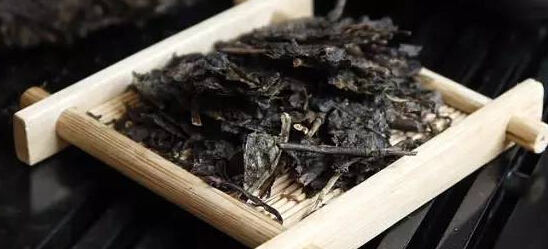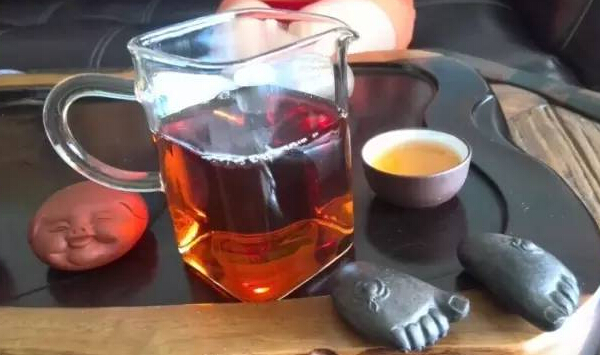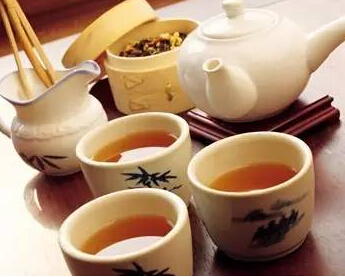Tibetan tea was first introduced to Tibet by Princess Wencheng as part of her dowry when she married into Tibet. From then on, tea spread among the Tibetan elite and gradually throughout the region. Tibetan tea is referred to by various names: big tea, horse tea, dark tea, black tea, coarse tea, southern border tea, as well as brick tea, strip tea, compressed tea, and border-sold tea. These are the different names for Tibetan tea over its 1,300-year history in various regions. However, Tibetan tea was officially defined as such only in 2004 when it began domestic sales.
Tibetan tea is harvested from mountains over 1,000 meters above sea level, made from sexually propagated annual tea plants, specifically the small-leaf species from Ya'an's high mountains. It undergoes a special refining process to become a fully fermented tea, also known as Quanzhou compressed tea.

Production Area
Ya'an—the main production area for Tibetan tea. Located in the transitional zone between the Sichuan Basin and the Qinghai-Tibet Plateau at 30°N latitude, Ya'an is a magical place and the origin of giant pandas.
Production Process
In terms of production, Tibetan tea is one of the most time-consuming and complex teas to make. It involves five major steps—nucleation, crushing, blending, shaping, and aging—as well as 36 detailed techniques. The fermentation process takes about six months. Thus, Tibetan tea available on the market typically requires at least a year of aging to be considered suitable and relatively high-quality.

Characteristics
Standard Tibetan tea has a glossy dark brown appearance when brewed, with four key characteristics: red, rich, aged, and mellow. (These can be used to evaluate Tibetan tea.)
Red: The tea soup is bright red, vibrant, stable, and luminous.
Rich: Refers to the taste, featuring earthy wood, dried fruit, and cooked rice aromas. It is thick but not astringent, with a lingering aftertaste.
Aged: The aroma carries a mature, aged, and medicinal quality with high wall-adherence.
Mellow: The texture in the mouth is neither rough nor astringent, neither bitter nor scattered, but smooth and delicate.

Three Major Features
First is its health benefits. Tibetan tea uses the entire tea plant—flowers, stems, fruits, and leaves—mixed and fermented, resulting in rich content that affects multiple bodily systems. It aids digestion, breaks down fats and proteins, promotes cardiovascular health, and enhances metabolism.
Second is its storage value. While most teas are best when fresh (like green tea), Tibetan tea improves with age, a common trait of fermented products.
Third is its convenience. Drinking Tibetan tea is simpler than other teas. It can be brewed, steeped, simmered, or boiled, offering different experiences with each method.

Compatibility
Tibetan tea's compatibility is noteworthy. Why? Because it can be paired with any edible ingredient—milk, sugar, salt, vinegar, sesame oil, sesame seeds, peanuts, etc. These additions don’t diminish its flavor but instead create new taste experiences, showcasing Tibetan tea's remarkable versatility. It can also be used in cooking.
In terms of appearance, high-quality Tibetan tea is deep brown, uniform, and glossy, with intact brick shapes. When cut with a tea knife, it produces a crisp sound without sticking. Aged tea has a distinct mature aroma. For very old Tibetan tea, the surface may carbonize; it’s recommended to rinse it multiple times to remove the carbonized layer.